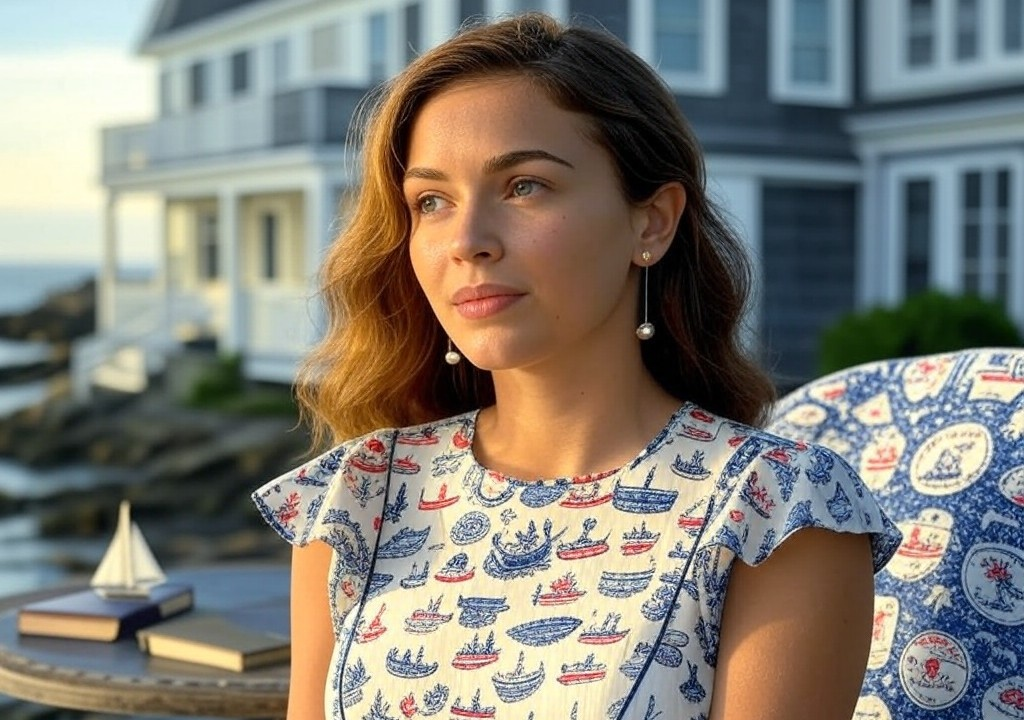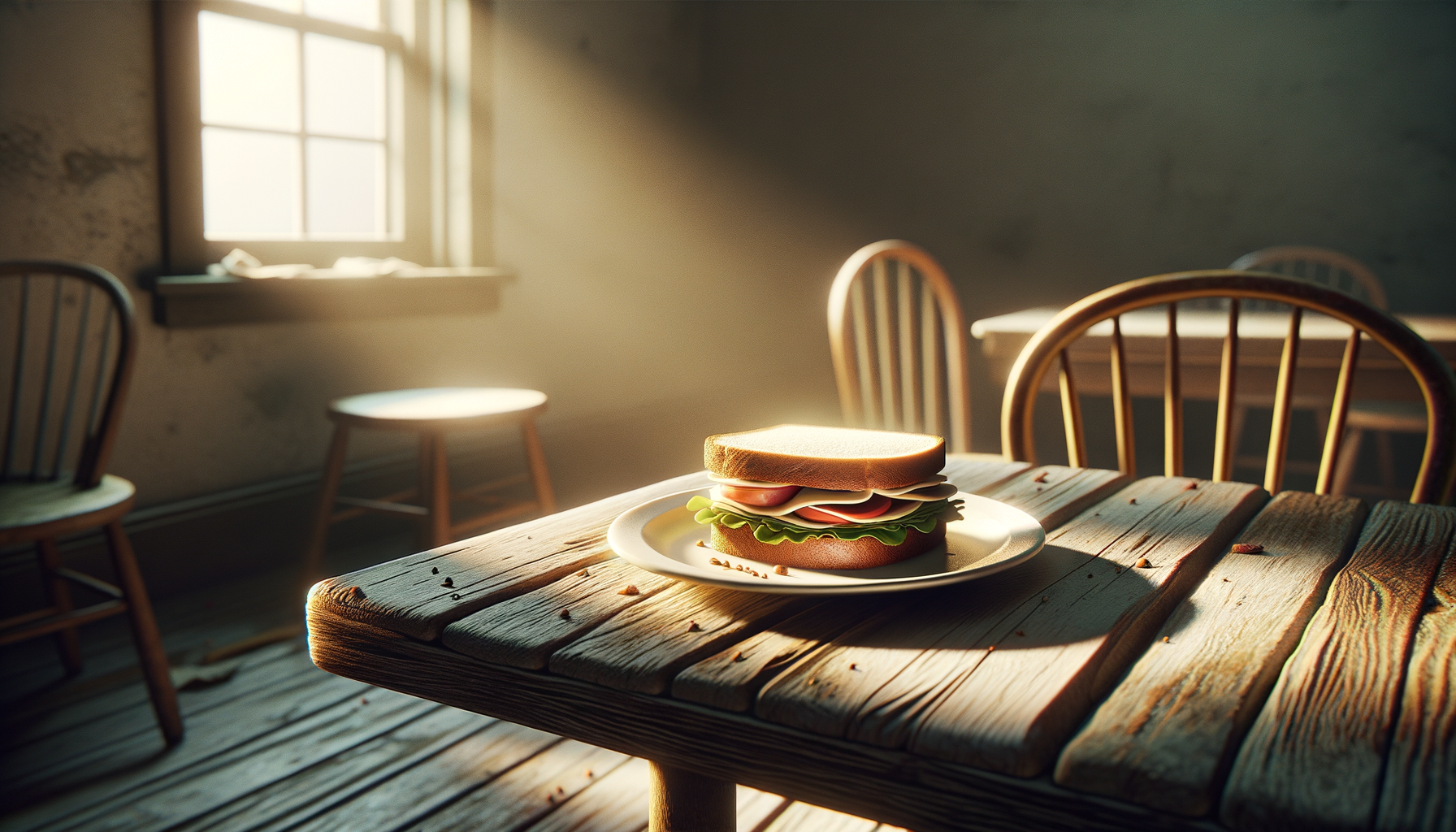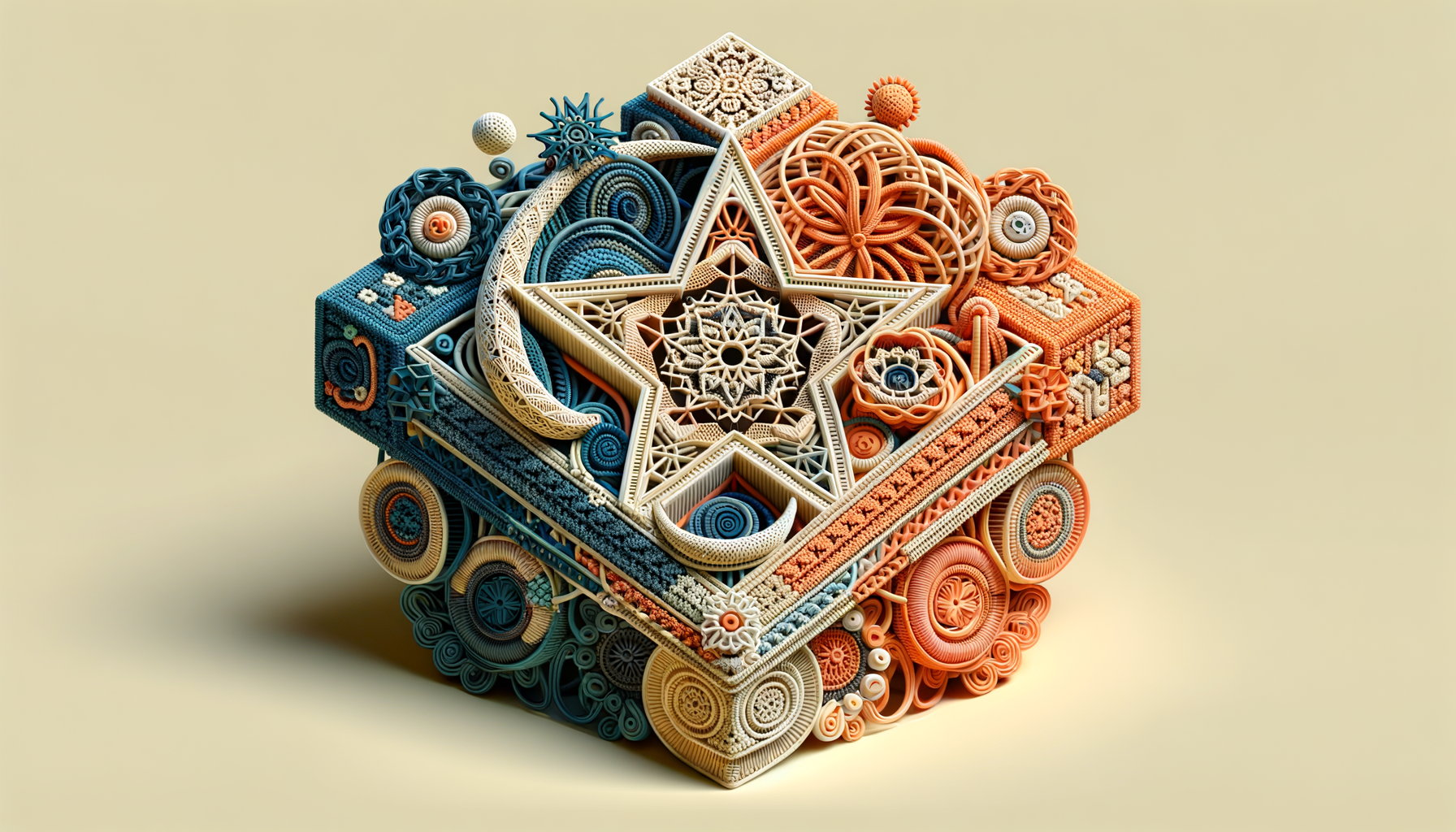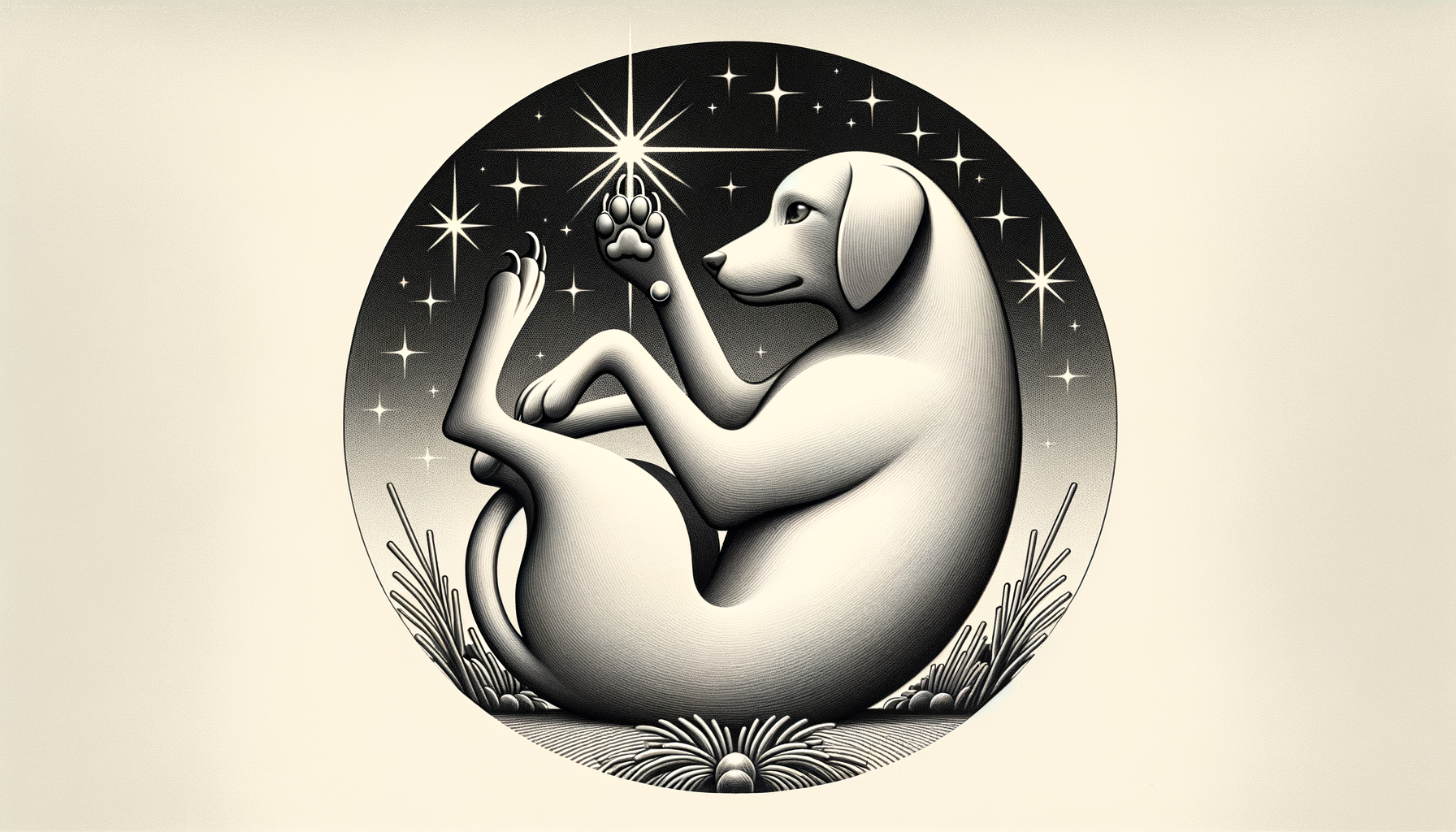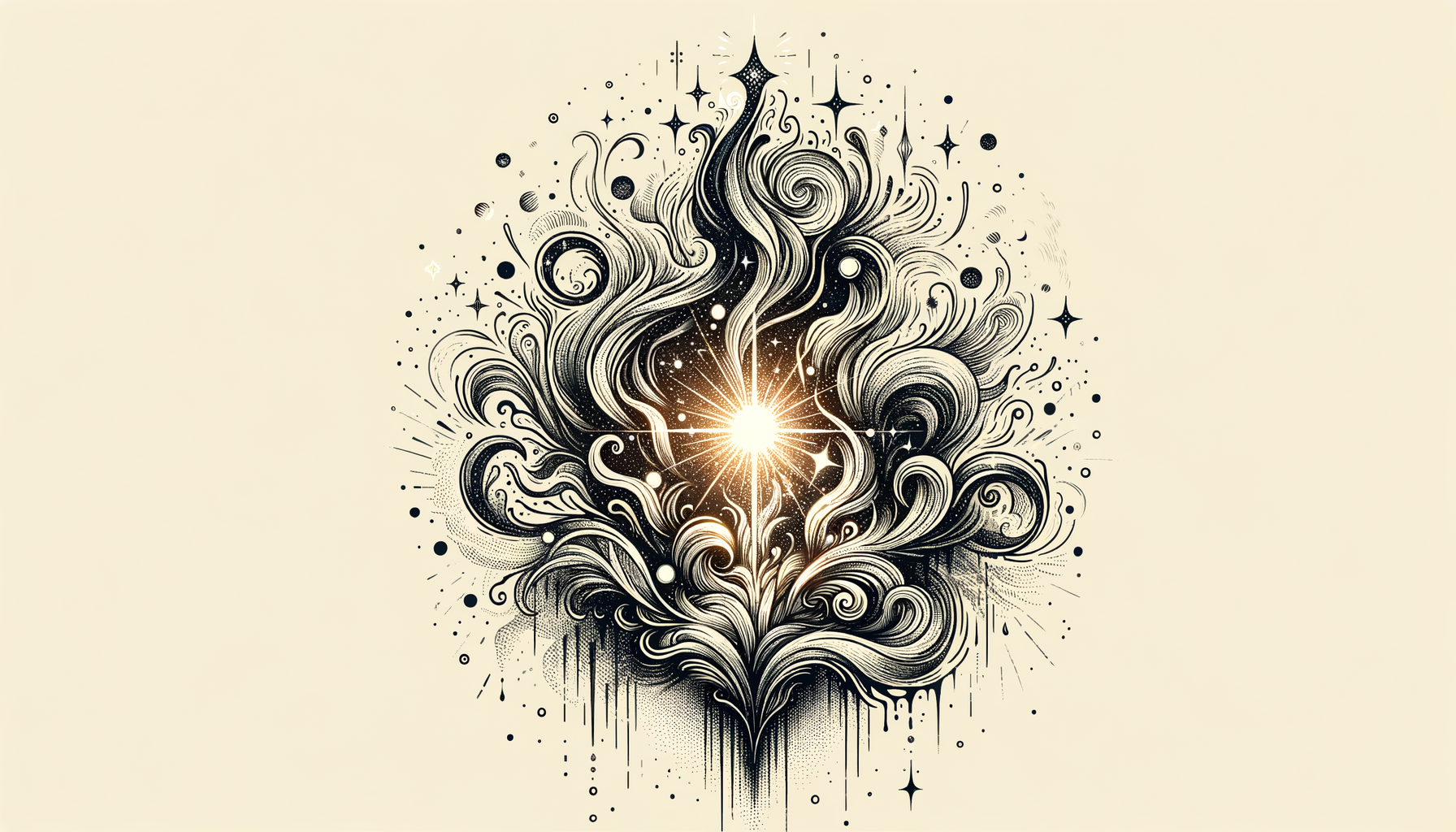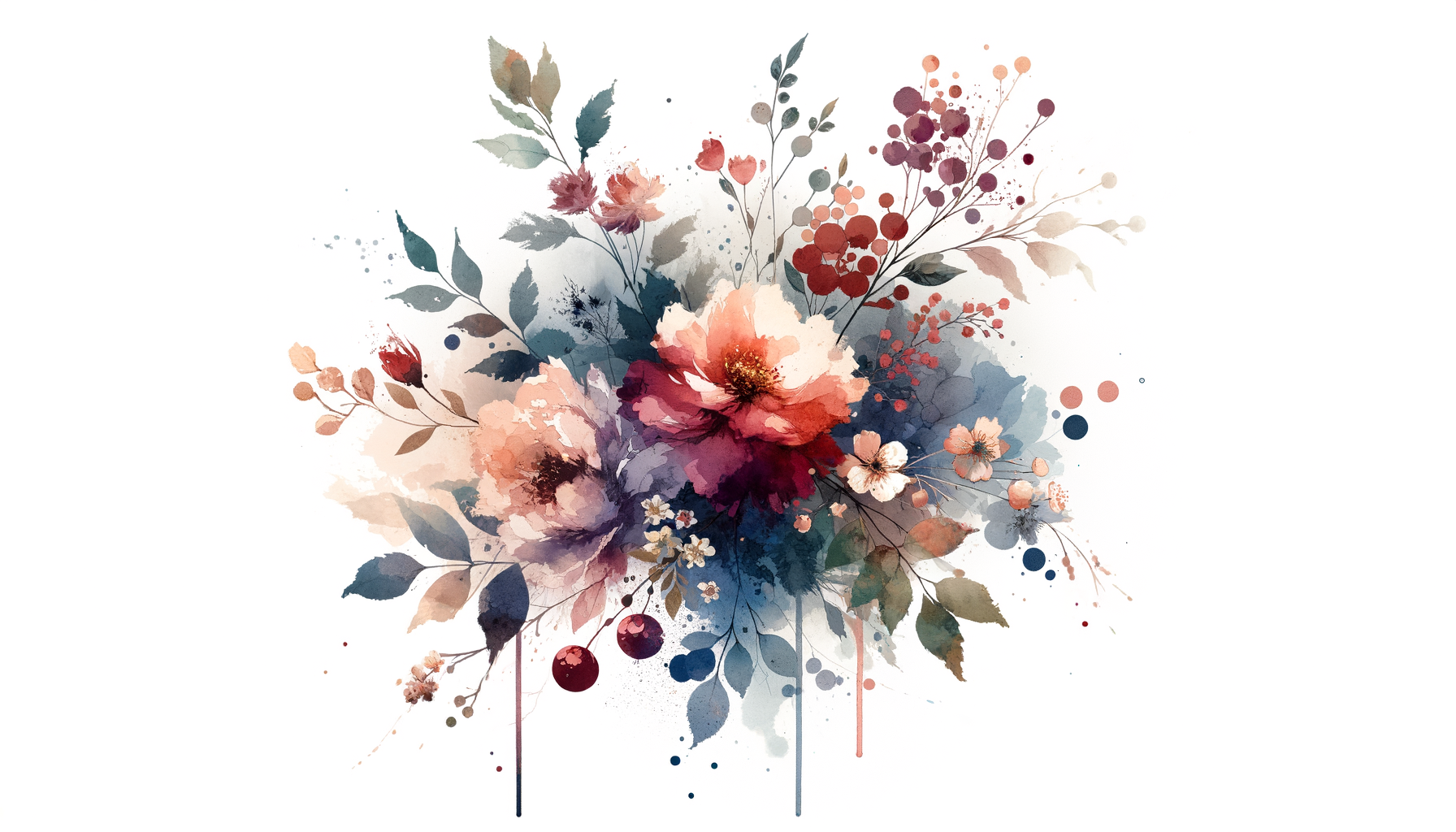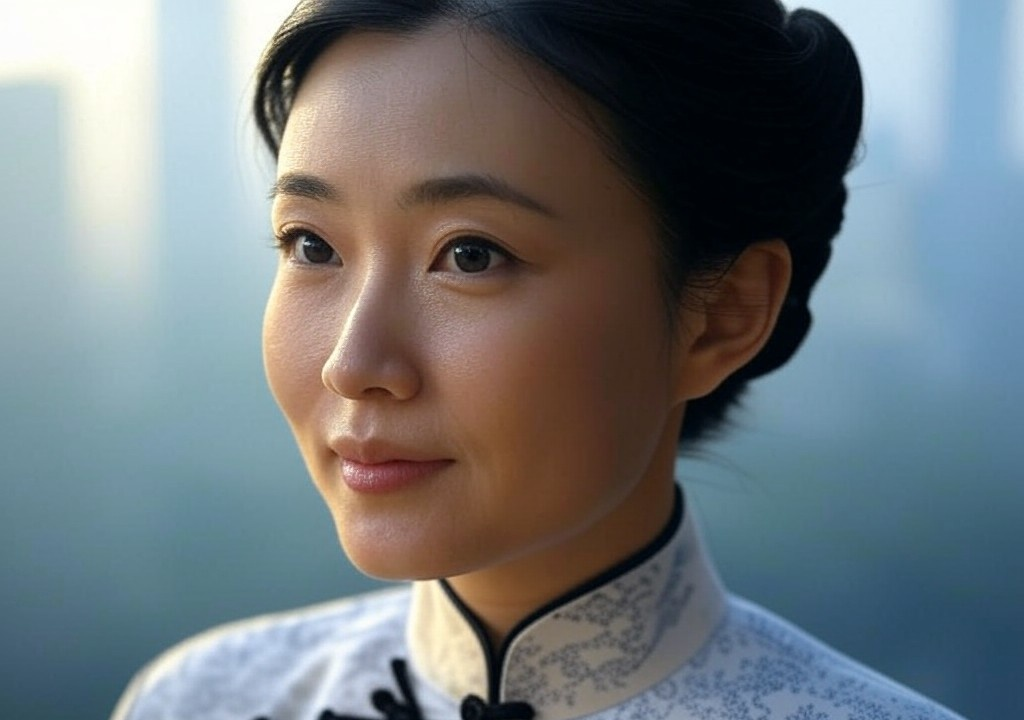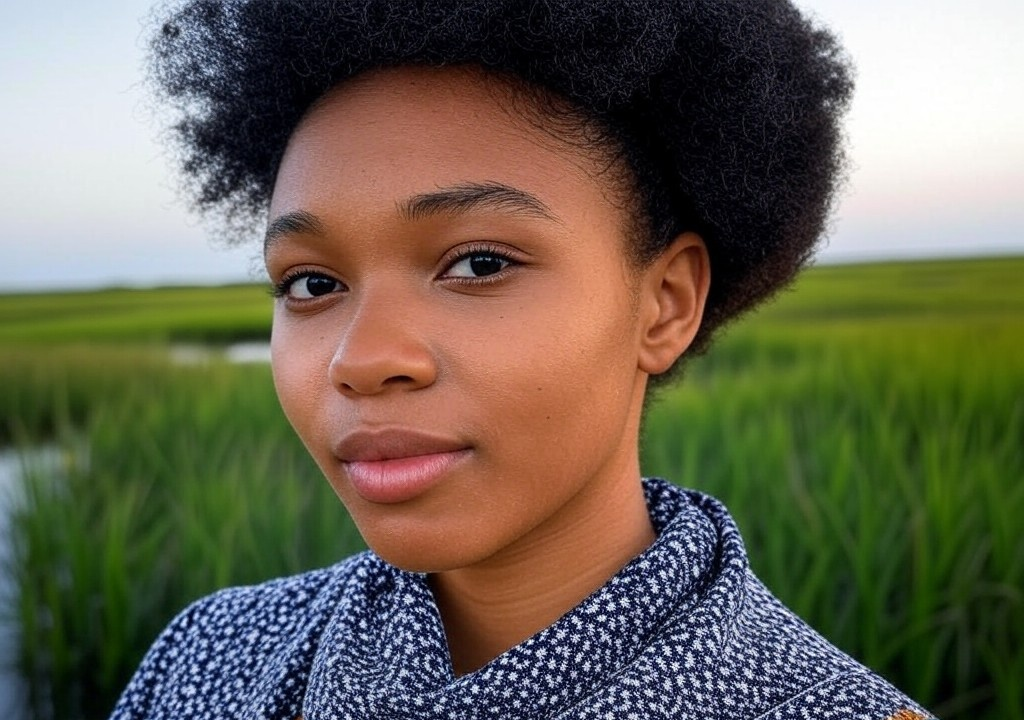The House That Built Me (and My Outlook on Love)
Some families pass down heirlooms—grandma’s dainty china, a sapphire ring with questionable origins, or a creaky wooden rocking chair that’s “absolutely haunted, but in a friendly way.” My family, on the other hand, trades in stories. Tall tales, deeply roasted truths, and the occasional outright fabrication told with such conviction you'd believe it deserved its own Wikipedia page.
I grew up in a house where even the walls seemed to whisper secrets into the sea breeze. Our house, a weathered beauty clinging to the rocky Maine coastline, was built by my great-great-grandfather, a sea captain with forearms like Popeye and, according to family legend, a penchant for smuggling contraband tea. It’s been the keeper of Winslow history ever since, which means that every creaky floorboard has a story attached. These stories—both exasperating and endearing—have shaped not just my worldview but also my approach to love and connection.
Let me open the treasure chest of Winslow wisdom. You just might find pieces of your own family—or yourself—inside.
Lesson One: A Sense of Humor Is a Lifeboat
One of my favorite stories involves my great-aunt Mildred, or “Milly the Menace,” as we lovingly called her. Milly was the kind of woman who’d smoke a cigarette with one hand while flipping a pancake with the other, always coated in a fine layer of flour and mischief. She used to say, "If you're going to argue with someone, at least make it playful. There’s no point in yelling about who left the cap off the toothpaste unless you’re doing it with a wink.”
Her marriage to Uncle Ted was like a screwball rom-com from the 1930s. Picture Katharine Hepburn and Cary Grant shouting over a game of Scrabble, except the argument isn’t about spelling but whether or not the word “seaweed” could double as a pet name. Their banter was legendary—right up to their 40th anniversary dinner, where Ted made a toast saying, “I’m still married to her because I’m too stubborn to admit she’s right, and she’s too stubborn to let me go."
Growing up hearing these stories taught me two things: humor can deflate almost any tension, and love often thrives in the small, silly moments. So while I may not have inherited Aunt Milly’s knack for pancake flipping, I’ve carried her humor-first philosophy into my relationships. After all, laughing at yourself dissolves about 87% of relationship drama. (Disclaimer: I made up that statistic, but I’m 100% right about it.)
Lesson Two: Spooky Legends Are Just Love Dressed Up as Drama
My family's most repeated tale is that of “The Phantom on the Widow’s Walk.” According to the lore, my great-grandfather would pace the widow's walk—a narrow rooftop balcony—waiting for his love to return from sea. They say he’d let out a deep whistle whenever he spotted her sails on the horizon. The romantic twist? She was his fourth wife—rumored to have charmed him with a knack for baking biscuits fluffy enough to make angels weep.
The ghost of Great-Grandfather Winslow allegedly still haunts our home, whistling whenever biscuits are in the oven. Now, do I believe there’s a spectral ship captain pacing my childhood attic waiting for baked goods? Not exactly. But what I do believe is the heart of this story: longing wrapped in ritual, love enduring despite imperfect beginnings. It’s a reminder that relationships aren’t measured by how they start—or even sometimes how they end—but in the unique, often quirky traditions you create together.
In my own modern version of a “widow’s walk,” I’ve learned to celebrate the everyday “waiting” moments in relationships—whether it’s sitting through their favorite movie that you secretly find awful or waiting at the airport arrivals gate like you’re starring in the world’s sappiest rom-com. Those moments of patience, even quiet anticipation, are a love language all their own.
Lesson Three: The Best Stories Are Honest—Flaws and All
My mother is the family archivist, which is a polite way of saying she will absolutely publish your embarrassing childhood moments in her annual holiday newsletter. Once, when I asked about why she insisted on recapping the time I hilariously fell face-first into a punch bowl at age ten (I was trying to fish out a piece of lime; it’s a long story), she said something that’s stuck with me: “We tell stories like that because they remind us that the best moments aren’t perfect.”
Her advice has become my north star—not just in how I write but in how I approach life and relationships. I used to think that being perfectly poised or polished was the key to making someone fall in love with you, but I’ve since learned that vulnerability is far more magnetic. My mom’s newsletter-worthy storytelling taught me that it’s okay to wear your quirks on your sleeve, whether that’s a messy laugh-snort or an inability to parallel park without holding up traffic for three streets. Being real builds richer connections, full stop.
Pro tip? The next time you’re nervously nerving a first date, try sharing one of your best “cringeworthy but true” stories. Turns out, there’s nothing more disarming than coming clean about your human moments. Bonus points if yours involves punch bowls, though I’ll warn you—personal experience says it sets the bar very high for subsequent anecdotes.
Lesson Four: You’re Both the Hero and the Writer of Your Story
If there’s one Winslow family tale I’ve never quite been able to get over, it’s the story of my grandmother Eloise and her three failed engagements before she finally found “the one.” (This makes her a bona fide Jane Austen heroine in my book.) According to family lore, Grandma Eloise walked away from each potential groom when she realized they weren’t her kind of person. “Your story is too valuable to settle for the wrong co-writer,” she told me once over a steaming plate of blueberry cobbler. “If it’s not a hell yes, it’s a no.”
Those cobbler-fueled words reverberate every time I’m faced with decisions about dating—or, let’s be honest, life in general. They remind me that while love is about compromise, it should never dilute who you are or what you want from your own narrative.
Whether it’s drawing boundaries, holding out for the right partnership, or learning to rewrite chapters of your life when things don’t pan out, Grandma Eloise’s story proves that the author of your happiness should always be—you guessed it—you.
Conclusion: The Story Continues
Each tale from my family tree reminds me that love, life, and connection don’t unfold in perfect straight lines. They zigzag, loop around, crash into a lighthouse or two, and occasionally leave you adrift. But those bumps, turns, and hauntingly baked biscuits make the journey worth it.
Stories teach us to embrace imperfection, laugh through the rough parts, and find magic in the everyday. And maybe, just maybe, they push us to keep writing—even when the plot twists are far from what we imagined.


